Tea ceremony’s history & spirits
Tea ceremony grew out of the culture and customs of the old samurai class, servants of feudal lords and was strongly influenced by Buddhism. The Buddhism monk Eisai is believed to have brought the tea leaves from China to Japan as a medicine for the first time in 12th century. As it contained caffein it was used to keep the Buddhist monk awake during meditation. The habit of drinking tea spread to among Buddhist monks, the wealthy and the noble. Around 16th century Murata Juko started tea ceremony and he is said to have brought the heart and soul into the tea ceremony. The Takeno jo-o succeeded him and made it simpler and less decorative.
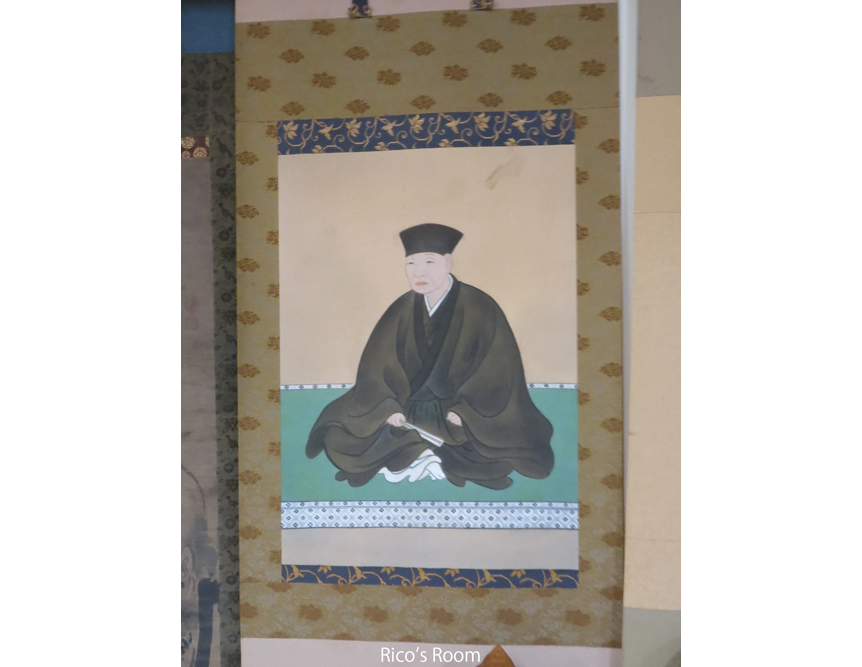
Finally Sen-no Rikyu perfected tea ceremony in mid-6th century. He served for Hideyoshi Toyotomi and developed and perfected tea ceremony under Hideyoshi’s protection. Later his successor established three senke schools’ Omote senke, Ura senke and Mushanokoji senke.
In the tea ceremony spiritual exchange is very important between the host and guest. The host is devoted to serving the guest while the guests in return are expected to express the thankfulness to the host.
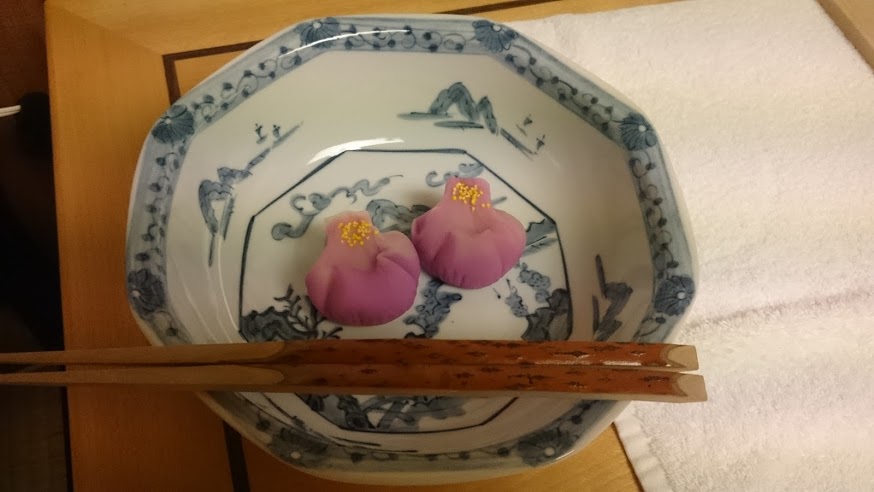
Usually the guests are invited for tea ceremony in a tea room where is four and half tatami mats with a small entrance called Nijiri-guchi. The entrance is too narrow for anyone to enter in a dignified manner, and they have to adopt a humble modest posture.
It usually has an alcove where the host prepares the hanging roll, flower arrangement suitable for the season.
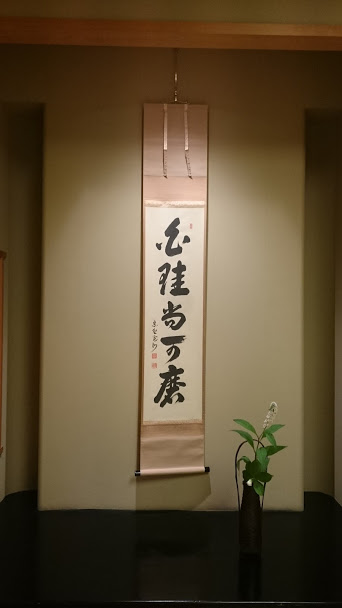
There the host is to follow the various rules in every procedure of tea making; from making fire, adding hot water to tea bowl, stirring the tea with a bamboo whisk until it becomes foamy and serving it to the host. While the host is preparing the tea the guest feels a spiritual calmness which is the essence of tea ceremony. And then each guest drinks it in accordance to the traditional etiquette.
Green tea is regarded as a healthy drink because it contains vitamin C and polyphenol which are effective against cancer, heart disease and anti-aging. The merit of green tea is being recognized again because it is better suited to health conscious life style of the modern Japanese.
〈Related Post : Practice in A Tea Ceremony〉

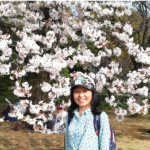

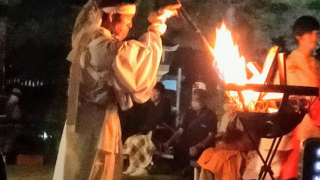
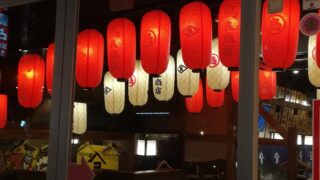

One thought on “Tea ceremony’s history & spirits”
Comments are closed.